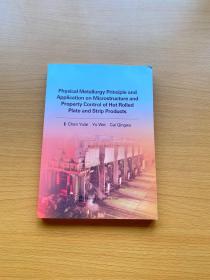
物理冶金原理与热轧板带钢产品组织性能控制应用(英文版)
正版书 现货 实物图片 当天发货 无笔记画线 内容干净
¥ 50 6.7折 ¥ 75 九五品
仅1件
北京朝阳
认证卖家担保交易快速发货售后保障
作者陈雨来、余伟、蔡庆伍 著
出版社冶金工业出版社
出版时间2017-04
版次1
装帧平装
货号46
上书时间2022-07-03
- 店主推荐
- 最新上架
商品详情
- 品相描述:九五品
图书标准信息
- 作者 陈雨来、余伟、蔡庆伍 著
- 出版社 冶金工业出版社
- 出版时间 2017-04
- 版次 1
- ISBN 9787502474904
- 定价 75.00元
- 装帧 平装
- 开本 16开
- 纸张 胶版纸
- 页数 309页
- 字数 389千字
- 正文语种 英语
- 【内容简介】
- 《物理冶金原理与热轧板带钢产品组织性能控制应用(英文版)》有六个章节。第一章到第四章介绍了本课题组钢铁冶金原理强化和增韧机制,austenitedeformation和再结晶,过冷奥氏体的转变,微allo-ying元素溶解和沉淀。第五章是开发和应用物理冶金法生产中、heavyplate。第六章是物理metallurgicalmeth的开发和应用。
- 【目录】
-
Chapter 1 Strengthening and Toughening Principle of Steel
1.1 Strengthening mechanisms of steel
1.1.1 Solid solution strengthening
1.1.2 Dislocation strengthening
1.1.3 Precipitation strengthening
1.1.4 Fine grain strengthening
1.1.5 Phase transformation strengthening
1.2 Plasticity enhancement and toughening mechanism of steel
1.2.1 Plasticity enhancement mechanism of steel
1.2.2 Toughening mechanism of steel
1.2.3 Toughening methods of steel
References
Chapter 2 Evolution and Control of Austenite Structure of Steel
2.1 Recrystallization of austenite deformed at high temperature
2.1.1 Dynamic recovery and recrystallization
2.1.2 Control of static recrystallization
2.1.3 Recrystallization zone diagram
2.2 Austenite deformation energy and control
2.3 Formation and control of austenite at low temperature
2.3.1 Control of austenite structure at low temperature
2.3.2 Stability of retained austenite
References
Chapter 3 Dynamic Phase Transformation and Control of Hot Deformed Austenite
3.1 Phase transformation of over-cooling austenite and test method
3.1.1 Thermal analysis method
3.1.2 Differential scanning calorimetry method
3.1.3 Acoustic emission method
3.1.4 Resistivity method
3.1.5 Thermodilatometry
3.2 Transformation of deformed austenite to ferrite
3.2.1 Influence of deformation on transformation of austenite to ferrite (y-a)
3.2.2 Phase transformation driving force and nucleation of deformed austenite
3.2.3 Influence of thermal deformation on y-a transformation temperature
3.2.4 Deformation and recrystallization of ferrite
3.3 Transformation of deformed austenite to pearlite
3.3.1 Pearlite nucleation and pearlite morphology parameters
3.3.2 Nucleation and growth of pearlite
3.3.3 Pearlite transformation temperature in deformation condition
3.4 Transformation of deformed austenite to bainite
3.4.1 Structure and nucleation of bainite
3.4.2 Driving force of bainite transformation
3.4.3 Continuous cooling transformation of typical low carbon bainite steel
3.4.4 Bainite transformation and MA structure control
3.5 Transformation of deformed austenite to martensite
3.5.1 Influence factors of martensite transformation temperature
3.5.2 Martensite structure morphology
3.5.3 Relationship between morphology and mechanical property of martensite
References
Chapter 4 Control of Dissolution and Precipitation of Microalloying Elements
4.1 Features of microalloying element compounds
4.2 Dissolution of microalloying elements at high temperature
4.3 Precipitation and control of microalloying elements
4.3.1 Precipitation kinetics of microa]]oying e]ements
4.3.2 Precipitation in rolling process
4.3.3 Precipitation in cooling process
4.3.4 Precipitation in aging process
4.4 Growth of precipitates
4.5 Microalloying elements and their roles in steel
4.5.1 Inhibition of growth of austenite grains during heating
4.5.2 Inhibition of recrystallization of deformed austenite
4.5.3 Strengthening and toughening effect
References
Chapter 5 Structure and Property Control in the Production of
Steel Plates
5.1 Process flow and characteristics of production of steel plates
5.1.1 Process flow of production of ordinary steel plates
5.1.2 Process flow of production of special steel plates
5.1.3 Functions of ordinary processes of the production of steel plates
5.1.4 Key processes of structure and property control
5.2 Structure and property control for typical steel plate varieties
5.2.1 High-strength pipeline steel p]ate
5.2.2 Stee] plates for bridges
5.2.3 High-rise bui]ding steel
5.2.4 Steel used in ships and marine works
5.2.5 Steel plates used for boiler vessels
5.3 New processes for control of structure and property of steel plates
5.3.1 Intermediate cooling (IC) and high-efficiency controlled rolling
5.3.2 Gradient temperature rolling (GTR)
5.3.3 Direct quenching (DQ-T)
5.3.4 Intermittent direct quenching (IDQ) and direct quenching & partitioning (DQP)
5.3.5 Heat-treatment online process (HOP)
5.3.6 Relaxation-precipitation-control (RPC)
5.3.7 Normalizing controlled cooling (NCC)
References
Chapter 6 Control of Structure and Property of Hot Rolled Strip
6.1 Process flow and characteristics of production of hot rolled strips
6.1.1 Conventional continuous strip rolling process flow
6.1.2 Thin slab continuous casting & rolling process flow
6.1.3 Thin strip continuous rolling process flow
6.2 Structure control during the production of hot rolled strip
6.2.1 Structure control during heating of cast slab
6.2.2 Controlled rolling in the production of hot rolled strip
6.3 Controlled cooling and phase transformation control of hot rolled strip
6.3.1 Controlled cooling process after rolling of strips
6.3.2 Influences of cooling process on structure and property
6.4 Typical application of structure and property control of hot rolled strip
6.4.1 Structure and property control of hot continuous cast TRIP steel
6.4.2 Control of structure and property of hot-rolled pipeline steel strip
References
点击展开
点击收起
— 没有更多了 —








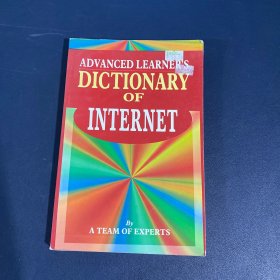
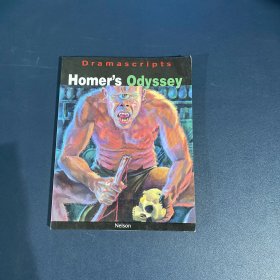
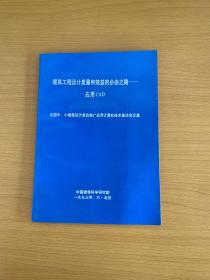
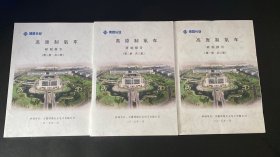


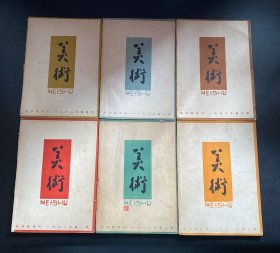
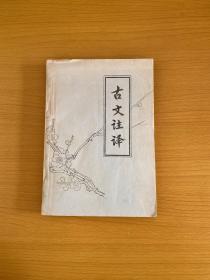



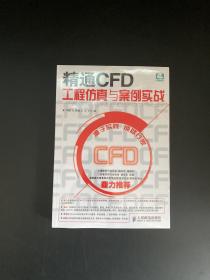

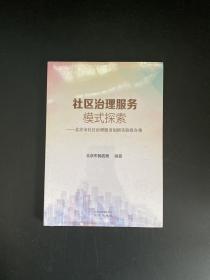




以下为对购买帮助不大的评价